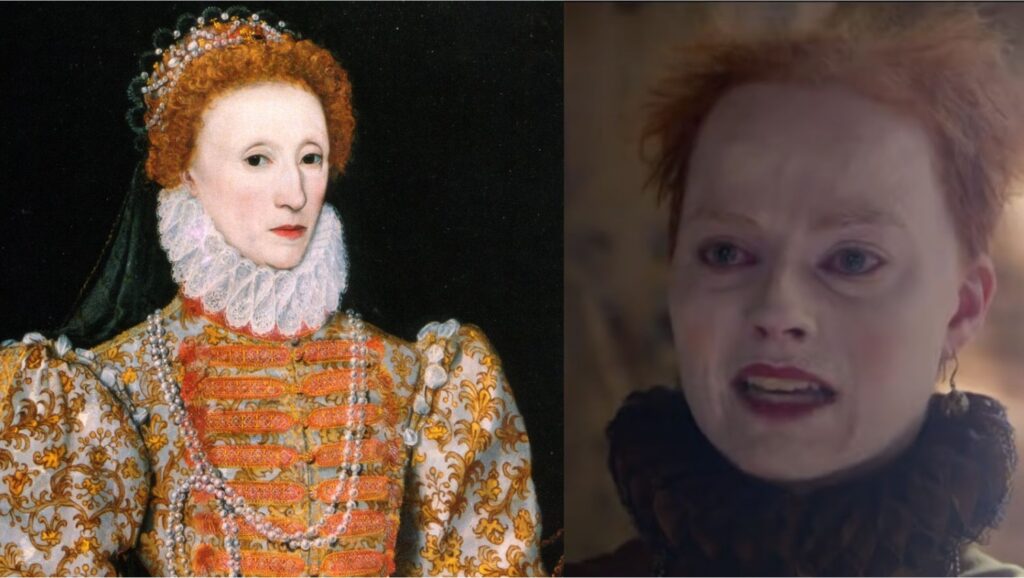Queen Elizabeth I ruled over England as the final Tudor monarch during the 16th century.
The queen is remembered for her vibrant red hair and pale white face, which came from her use of lead-based makeup. Unfortunately, it had devastating consequences for the ruler of England.
Revived Interest in Tudor Era Queen

Public interest in Queen Elizabeth I saw an increase in 2018 after the release of “Mary Queen of Scots.”
The film explores the life of Mary Stuart, otherwise known as Mary Queen of Scots, played by Saoirse Ronan. The role of her cousin, Queen Elizabeth I, was taken on by Margot Robbie.
Pale Skin of the English Queen

In line with tradition, Margot Robbie donned a red wig and had her face covered in a thick layer of white makeup to embrace the look of Queen Elizabeth I fully.
Unfortunately, in reality, Elizabeth contracted smallpox a few years after succeeding to the throne in 1558. The illness almost took her life and led to the queen’s extensive use of makeup.
The Young Queen of England Diagnosed with Smallpox

After physicians confirmed the queen had contracted the highly contagious disease when she was just 29 years old, doctors ordered her to remain in bed at her Hampton Court Palace.
During the 16th century, smallpox was considered deadly as there was no viable treatment, nor was there a cure.
Visible Scars on the Face of Queen Elizabeth
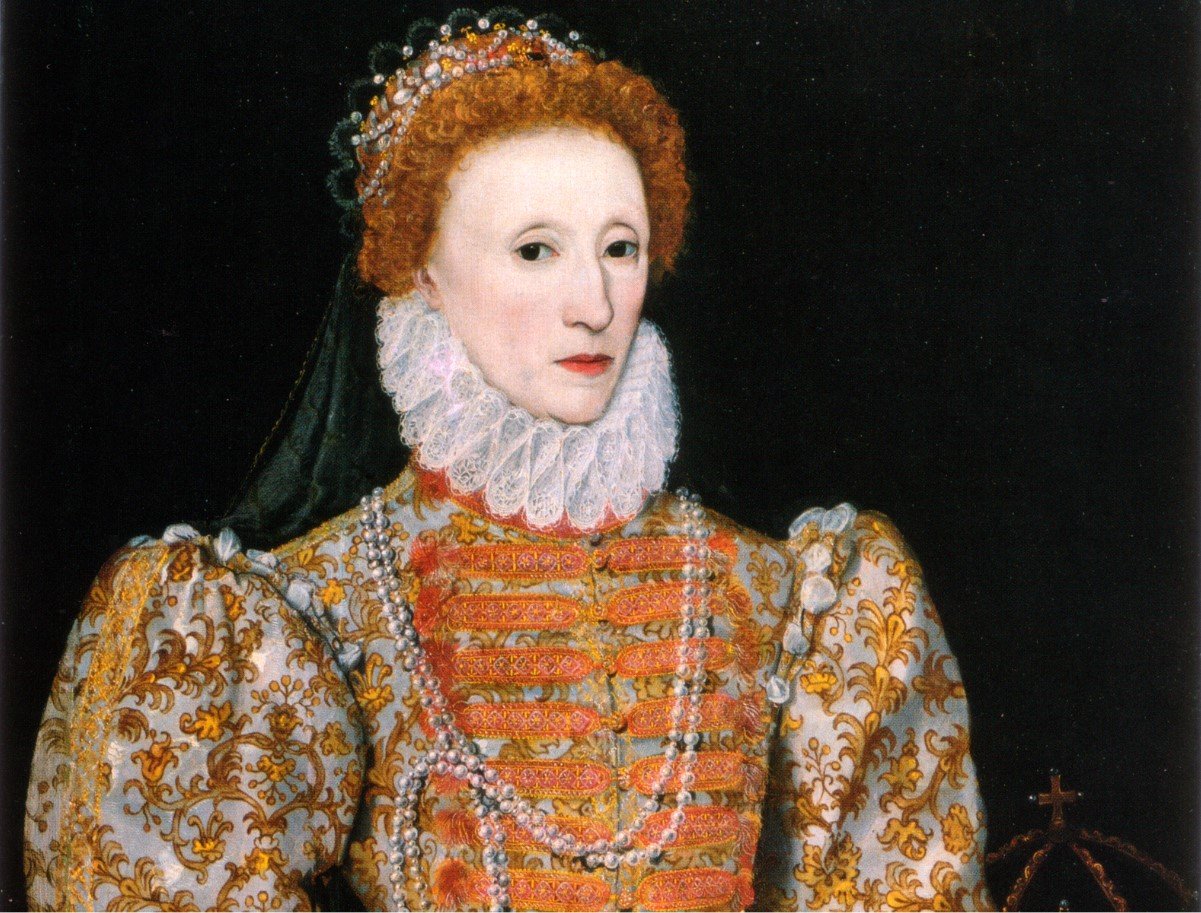
Queen Elizabeth I fought for her life and was one of the lucky few who managed to survive the deadly illness. Yet she was left with visible scars all over her face.
The queen, who was formerly celebrated for her beauty, was devastated to learn of her new condition. This led to the ruler’s decision to cover her face in the thick white makeup she was known for.
A Mixture of Lead and Vinegar
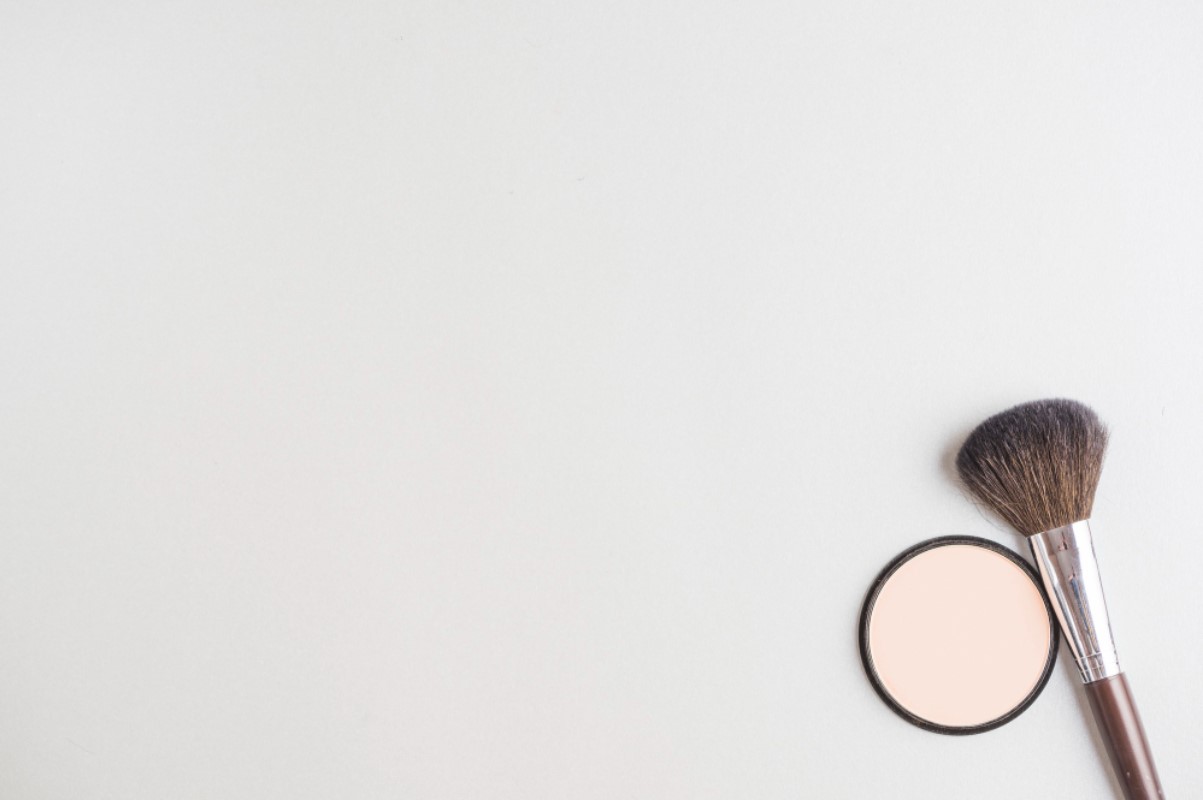
Elizabeth began covering up her scared face with a product made from a mixture of white lead and vinegar, known as the “Venetian ceruse,” per New Zealand Herald.
Unfortunately, lead as an ingredient is potentially hazardous and likely slowly poisoned the queen over time.
Striving for a White Face During the Tudor Era
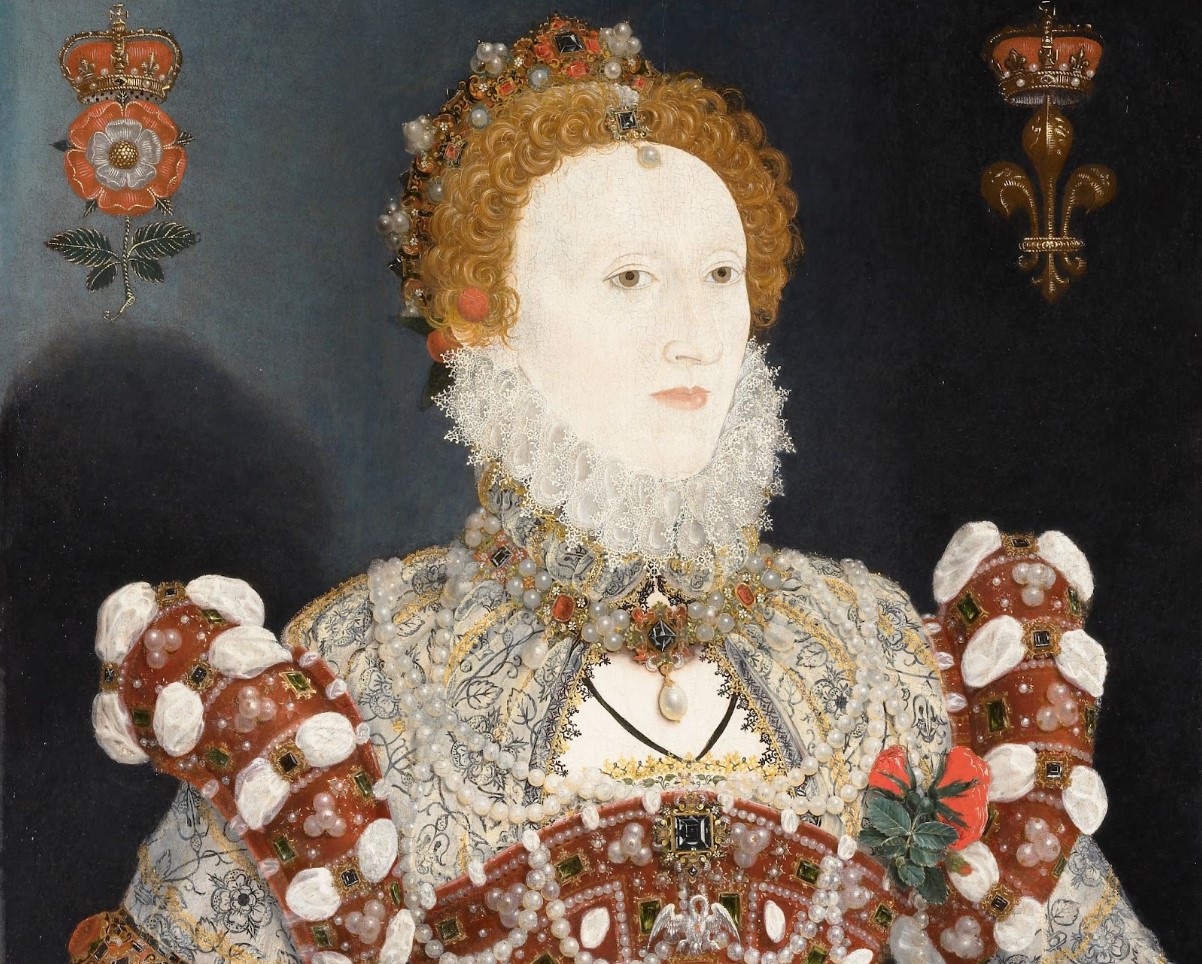
Queen Elizabeth I, alongside many noble women of the Tudor era, strove to have a white face, as it was a symbol of fertility and youth.
While some have suggested a racist connection, it was simply associated with class. According to New Zealand Herald, “If a woman had a white face, it was a clear sign she had never had to work outdoors.”
Toxic Side Effects of Venetian Ceruse
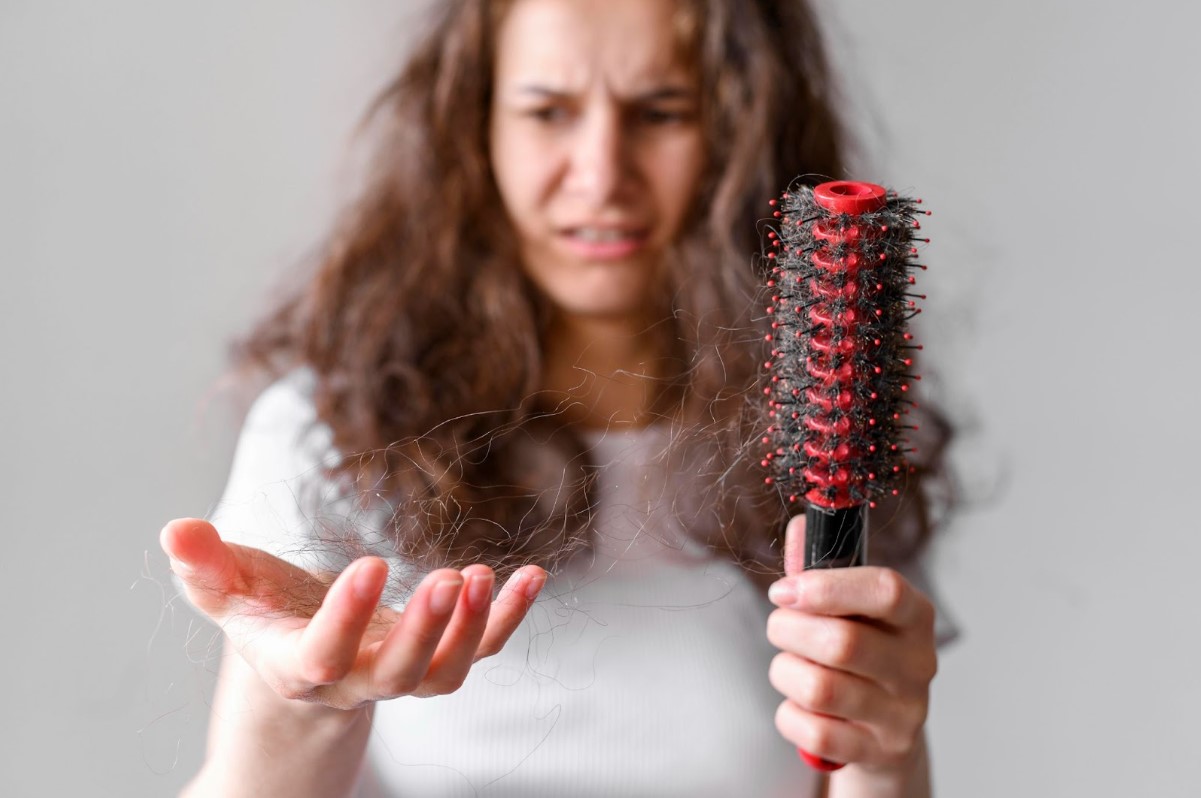
The extended use of Venetian ceruse came with a plethora of harmful and toxic side effects.
Also known as “the spirits of Saturn,” the toxic blend could lead to lead poisoning, skin discoloration, hair loss, and overall cognitive decline.
The Queen Further Poisons Herself
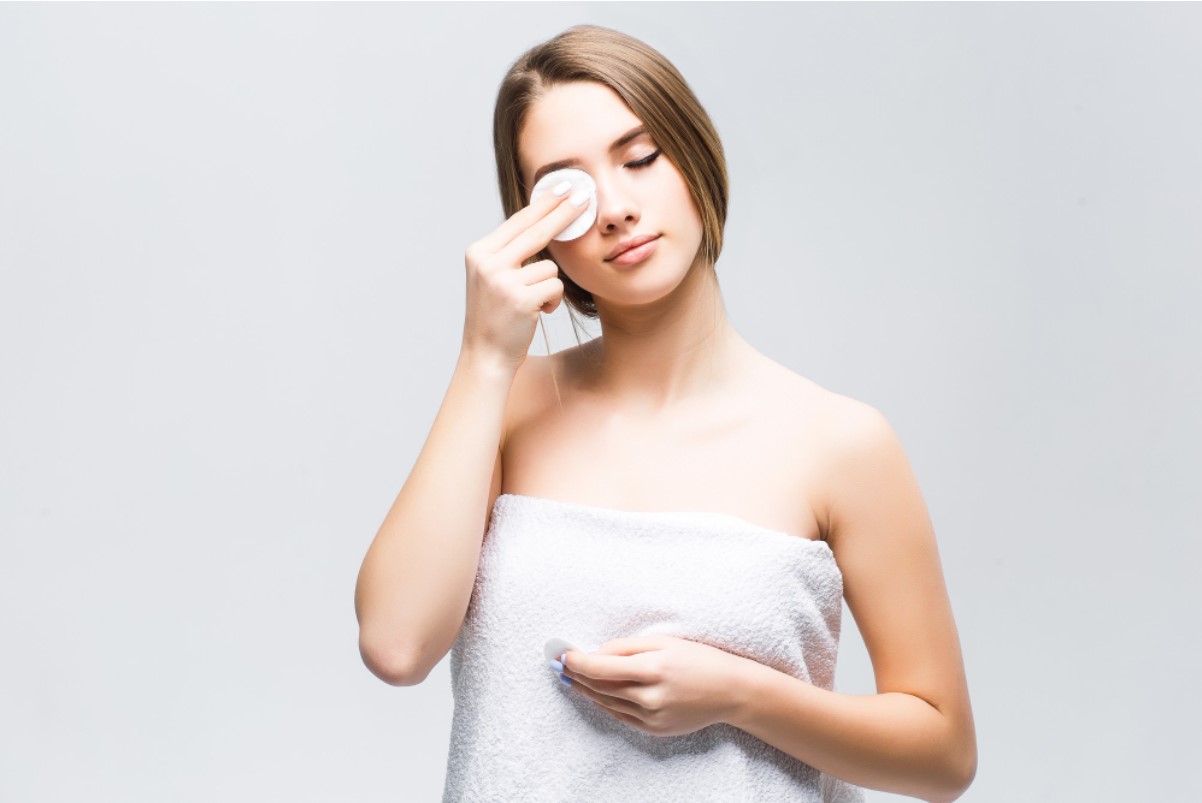
As well as the frequent application of the toxic white makeup, the queen used an equally as dangerous process of removing the lead-based product.
According to Culture Frontier, Elizabeth removed her thick white makeup with a product made of alum, eggshells, and highly toxic mercury.
Side Effects of Mercury Poisoning

The effects of mercury poisoning are well documented in the modern era. It’s likely the queen would have suffered from several symptoms due to prolonged use of a mercury-based product.
Symptoms would have included depression, memory loss, irritability, as well as physical problems, including muscle weakness and kidney damage.
Elizabeth’s Appearance Changed Drastically as She Aged
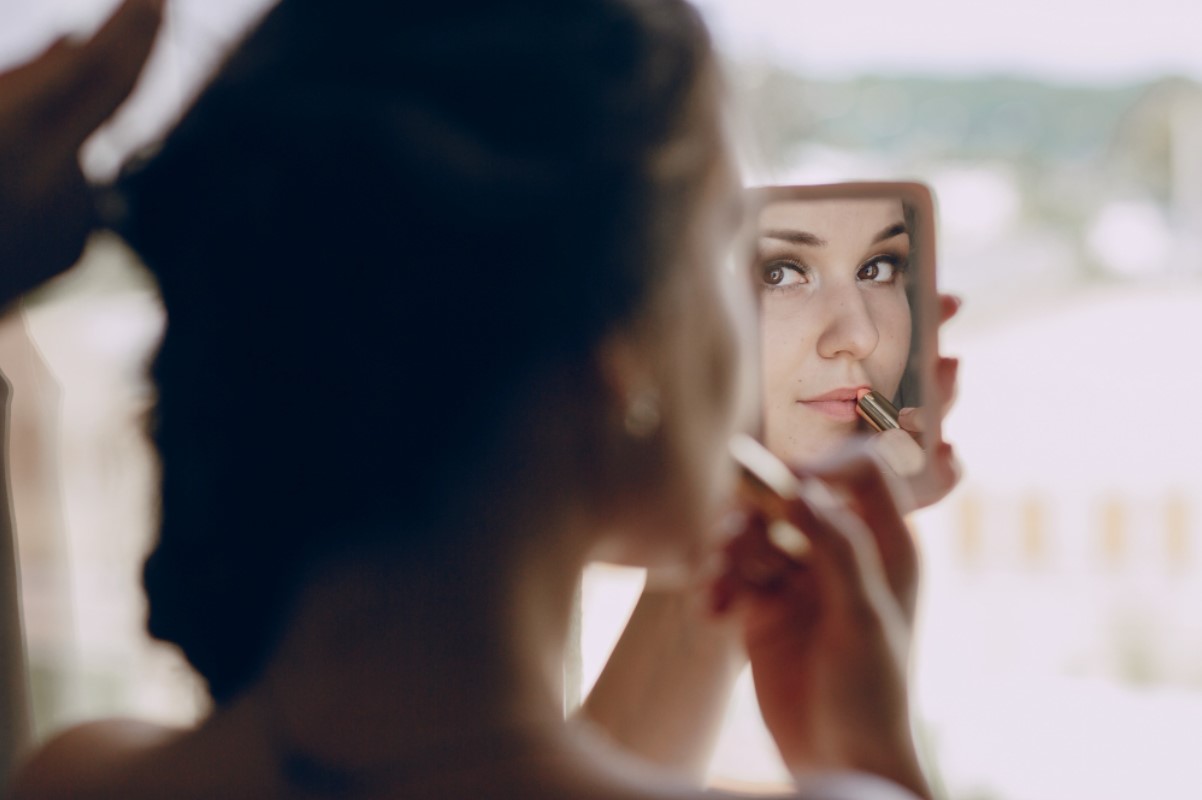
As Elizabeth aged, her teeth turned black, which may have been a side effect of mercury poisoning. The queen’s hair also fell out, and the English ruler was completely bald by 1599.
Accounts of the era suggest in the queen’s later years, she had become mentally unwell and ultimately became unstable. She often spoke of visions and became increasingly unpredictable in her daily actions.
Toxic Makeup Contributes to the Queen’s Demise

Unfortunately, the toxic products appear to have left the queen in a poor state at the end of her life. She could no longer speak and was forced to name her heir by way of a drawing.
While it’s uncertain as to whether or not the lead makeup was responsible for her death, it certainly played a role in her declining health over the last few decades of her life. Thirty years after her death, the Venetian ceruse was finally categorized as poison.


